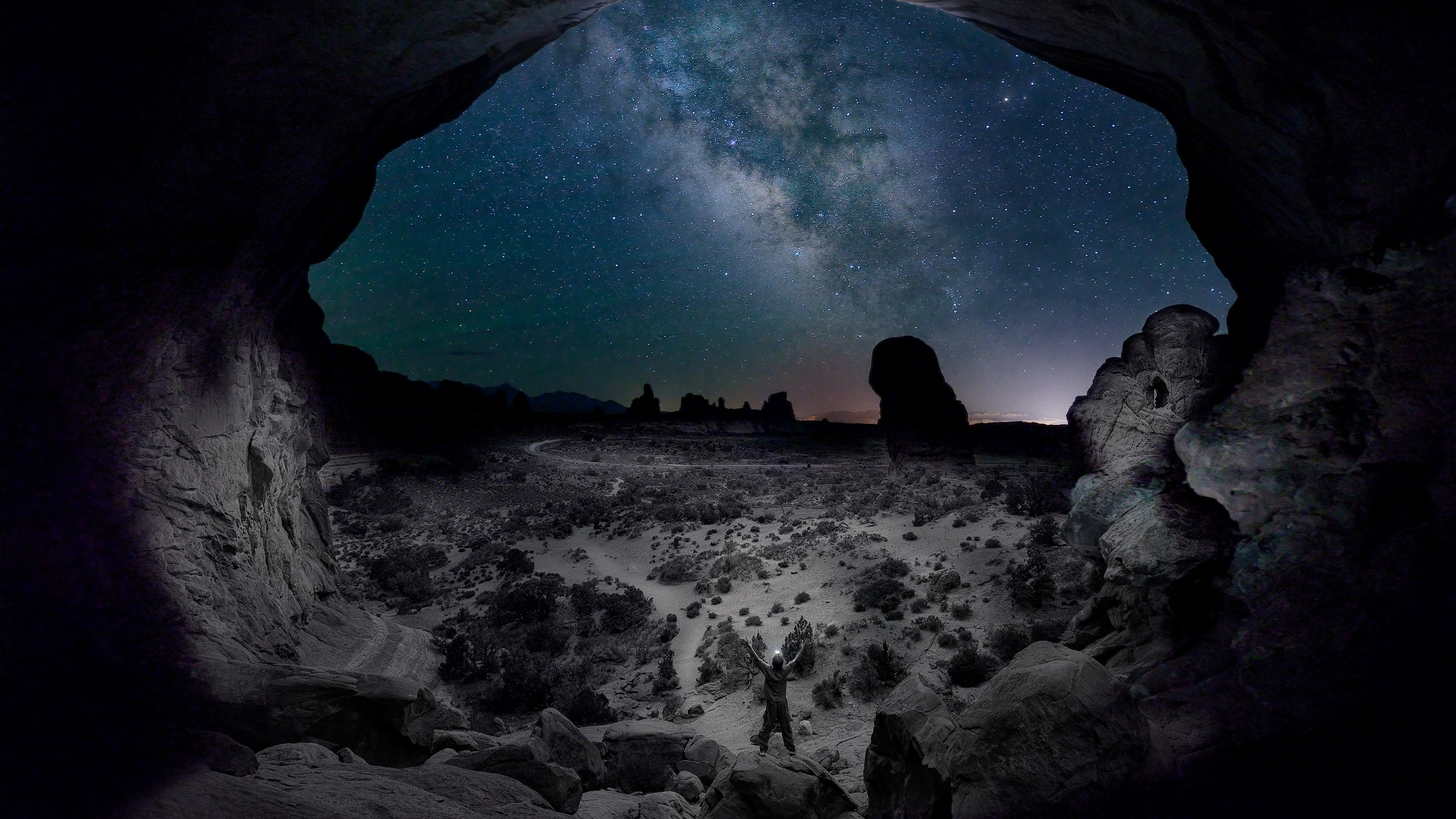What lens is good for night photography? It turns out there are quite a few. And not all of them are crazy expensive.
Please note that I am not discussing astrophotography, deep space photography of celestial objects or photos involving an equatorial mount or tracker. Those would have different considerations. I will give examples based on a full-frame sensor. Focal lengths for crop sensors would be correspondingly smaller. However, the general approach would be the same.
Wide aperture
The speed of a lens refers to how large its maximum diameter is. A lens with a larger maximum aperture is called a “fast lens” because it can achieve the same exposure with a faster shutter speed.
Generally speaking, most night photographers also prefer a lens with a larger aperture such as f/2.8, f/2.4 or even wider. This lets in more light. This is especially crucial if you are interested in photographing stars, which are quite faint.
However, for night photography during a full moon, such as when one is photographing abandoned areas over the course of several minutes or more, a wide aperture lens is not necessary. Many people photograph at f/8 and ISO 200 during this time.
Ultra wide-angle lens

The most common choice is an ultra wide-angle lens. This allows you to include much of the night sky. Also, if you wish to photograph the stars as pinpoints — such as in the case with the Milky Way — an ultra-wide-angle lens allows you to use longer exposure lengths without overt trailing of the stars.

If photographing Milky Ways is your thing but you don’t have the budget for one of the other more expensive zoom lenses, this is a great choice. The Blackstone (B&H | Amazon) and Firefly (B&H | Amazon) lenses by Irix are both very affordable.
They’re also considerably lighter than their ultra-wide zoom lens counterparts and do not have a bulbous front element, which means that it accepts screw-on filters. Rokinon and Laowa also make ultra wide-angle lenses that are worthy of consideration and are not crazy expensive.

Fisheye lens for night photography
A fisheye can be a great choice. Many fisheye lenses have a 180-degree view and therefore, if pointed straight up, can photograph the entire night sky. Or they can create very distorted, creative images.

Longer focal lengths
It’s perfectly OK to use longer focal lengths as well. The stars will trail much faster because you are zoomed in on them and everything else more, but this is perfectly normal.
Longer lenses can be great for compressing the scene, making the background elements look larger and creating drama. And if some of these background elements are stars, fantastic.

Choices, choices
Like anything else, you would choose a lens for its overall usefulness as well as your personal aesthetics. Not everyone, for instance, might want to photograph with a fisheye or a long lens. Or perhaps not everyone might want to have really wide angles all the time. How do you want to present the world?
Source link



Leave a Reply